Whether you recently moved into a new home with a decrepit existing garden, want to start gardening but you have loads of grass, or are ready to resuscitate your own barren garden that has been lying fallow for a season or two, you've come to the right place. We're going to go over all about how to clear a vegetable garden full of weeds and get you rocking and rolling -- er, sowing and hoeing! Except with this method, you won't be hoeing.
The idea from this post stemmed from a great conversation I had with my friend Kevin of Epic Gardening when I was a guest on the Epic Gardening podcast. Here’s a link to that episode:
All of the usual gardening caveats apply here -- every gardener is different, every garden is different, and there are different techniques and schools of thought when it comes to gardening. When we moved into our new home in September 2020, we inherited a lovely 500 sq. ft. garden out back behind the garage that the previous owners (I'll call them Jack and Jill for the sake of discussion and so I don't have to write "previous owners" 20 times throughout the post) had grown vegetables in for 27 years. Our property was apparently an old cow pasture back in the day, and Jill mentioned that the soil here is black gold, and that everything grows beautifully. Hooray! That's something a gardener always loves to hear. However, when we moved in, we realized the garden hadn't been planted during the 2020 growing season and was absolutely riddled and overgrown with weeds. Determined to grow vegetables my first season here, I set off on a researching kick and devised a plan.
First, Jack and Jill told us they had the garden tilled twice a year for the entire time they lived here. I knew moving here that I wanted to embark on a no dig garden experiment, inspired by the likes of Charles Dowding and Charles Dinozzi. Here are some of the books I used in my research on no dig gardening:
- The Complete Guide to No-Dig Gardening: Grow beautiful vegetables, herbs, and flowers - the easy way! by Charlie Nardozzi
- Organic Gardening: The Natural No-dig Way by Charles Dowding
- No Dig Organic Home & Garden: Grow, Cook, Use, and Store Your Harvest by Charles Dowding and Stephanie Hafferty
Two local gardening friends, Jess of Acton Food Forest and Arianna of The Birch Arbor Gardens, offered to come spend a few hours helping me get the garden ready. It was such a gift, especially since my husband and I were new parents to a 4 month old baby and didn't have a ton of time to devote to tackling such a big project together. Jess and Arianna are a huge reason why I was able to garden here the first year!
How to Clear a Vegetable Garden Full of Weeds in 5 (not so easy, but totally worth it) Steps
Step 1: Mow the weeds! If you have a large area, do NOT bother trying to pull weeds by hand. It's a fool's errand and you'll waste so much time and energy. Instead, mow them to the ground and proceed with the following steps to make your life much easier.
Step 2: Lay down tons and tons and TONS of flattened cardboard, ensuring you overlap so absolutely no sunlight gets through. After it's covered, soak the cardboard thoroughly. This acts as a physical barrier to prevent weed seeds from germinating while helping the cardboard break down to add organic material to the soil eventually. Thankfully, after moving across the country, we had oodles of boxes that I saved up. Sure, you could recycle boxes, but isn't returning the to the soil in the form of compost so much more satisfying!? Save those boxes, people!
Step 3: Begin adding 4"-6" of organic material -- I used shredded leaves and grass clippings whenever my husband would mow the lawn with our TracVac attachment. He'd back right up to the garden and dump the clippings, which I would then spread over the cardboard. This should all be done in the fall, but I ended up adding clippings in the spring since I wasn't able to add 6" in the fall.
Step 4: In the spring, I got a ChipDrop drop off of woodchips from a local arborist, along with a few yards of 50/50 soil/compost mix from a local landscaping company. These were my bread and butter for building the garden design! I planned on adding the soil mix on top of the shredded leaves and grass that had broken down over the winter, and filling in the pathways with woodchips.
Step 5: Stake out the garden beds using posts, string, and a compass. I stood in the garden, determined which direction was North, and laid out my beds accordingly, making the rows go North to South. This way the sun would hit the garden evenly throughout the day and I could ensure that I planted taller crops on the northern side of the rows.
Now each year, I'll just refresh the existing beds with some compost in the fall and woodchips along the pathway to keep feeding the soil and suppressing weeds. From the 50/50 soil mix, we did have some weeds pop up throughout the season but they were very easy to hand pull or remove with a stirrup hoe. I think a lot of this was because I was a little lax in mulching to suppress weeds, mainly because I only had some bagged compost and didn't have a chance to order bulk compost (bags would get $$$$ using only those!). Next year, I think I'll get a delivery of bulk compost to top dress the beds in the spring after adding some of the 50/50 soil/compost mix, to mulch the plants and hopefully not have quite as many weeds.
But if you're tilling your garden, just think of how many weed seeds you're bringing to the surface! By utilizing the no dig method, you're ensuring that those seeds don't see the light of day while continuously feeding the soil and building the soil web. A great read on that concept is Teaming with Microbes by Jeff Lowenfels and Wayne Lewis.
Phew, there we have it! I could easily have turned this into a rambling monstrosity of a post because I find the whole process of garden preparation so fascinating -- but hopefully by now you're fully armed with helpful information on how to clear a vegetable garden full of weeds. And fall is the perfect time to embark on this project especially if you garden in the Northeast like I do. Tuck all of your hard work under a blanket of snow and let those worms, fungi, and microbes get to work turning your cardboard, grass, and leaf clippings into rich soil for you come springtime.
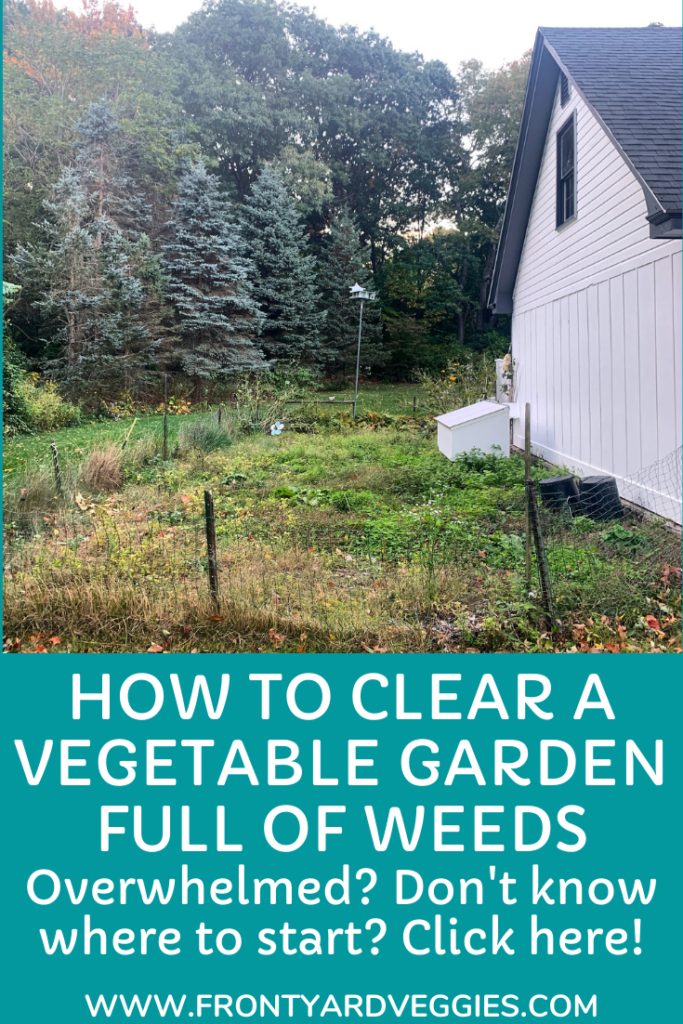


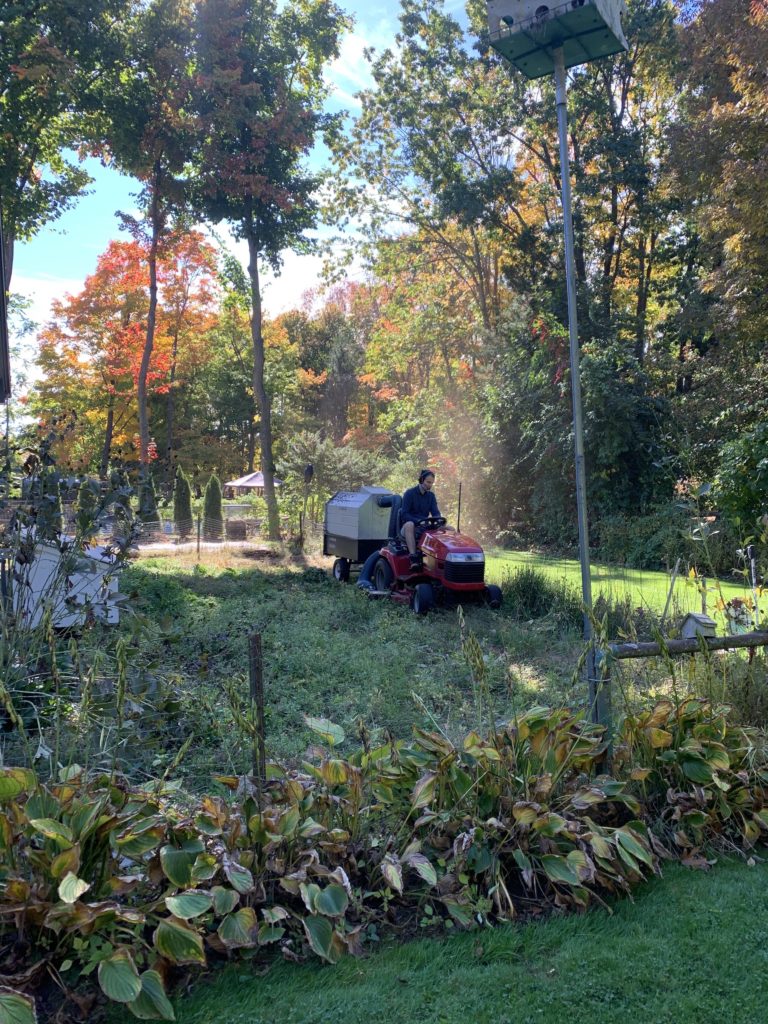
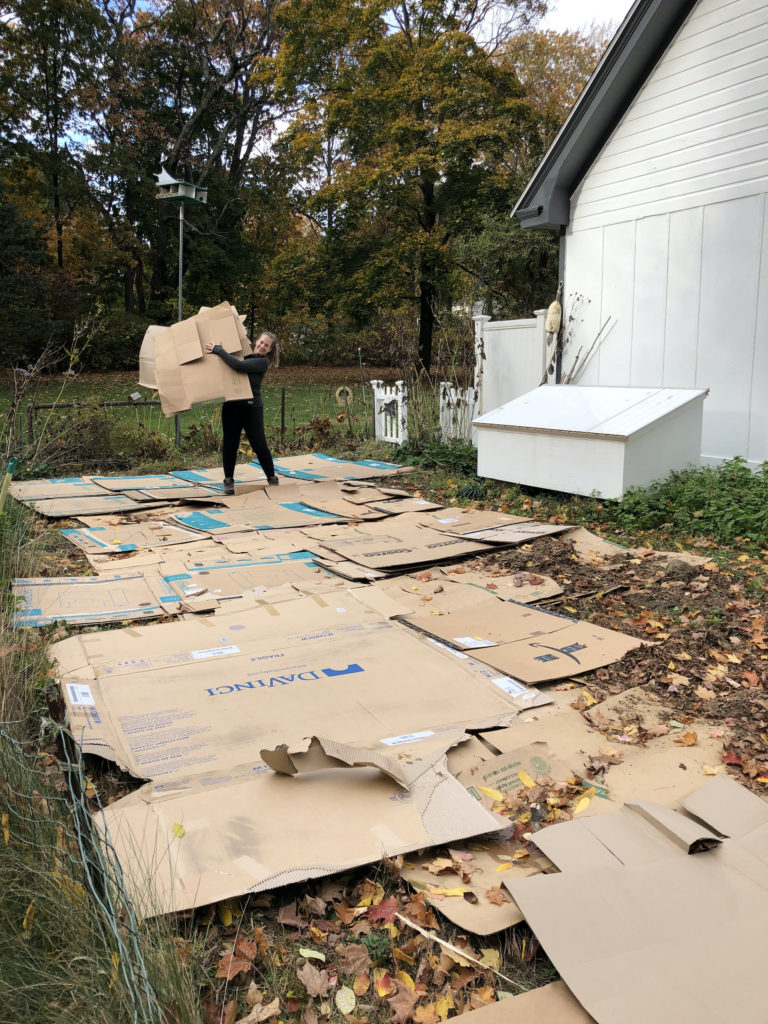
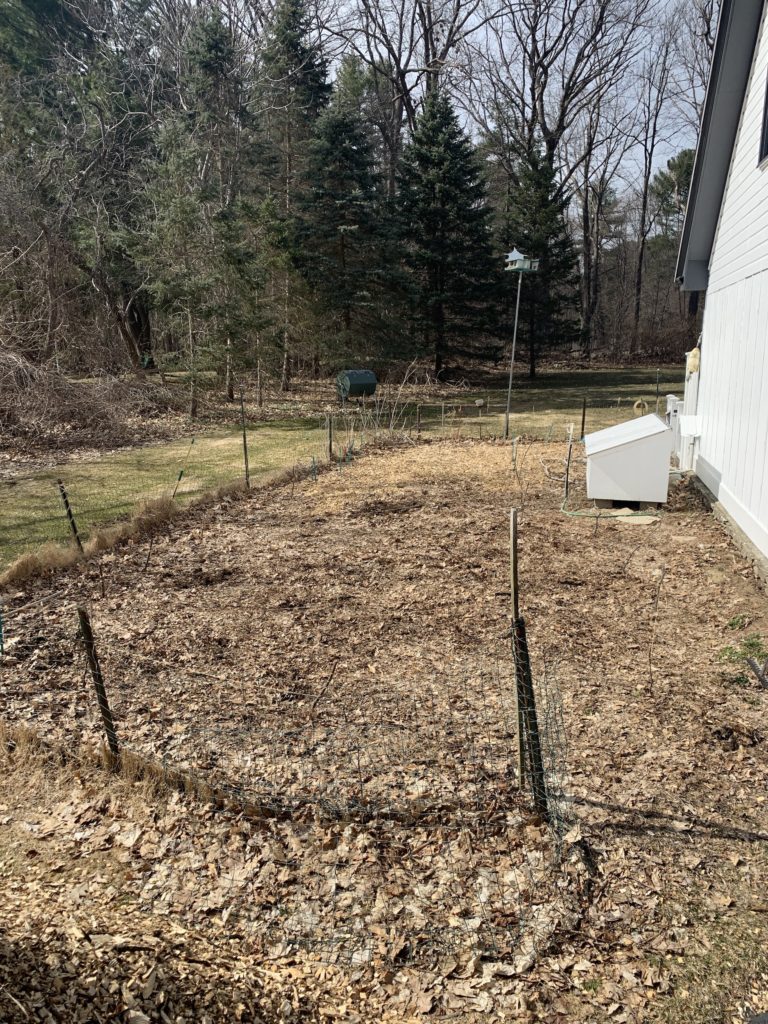
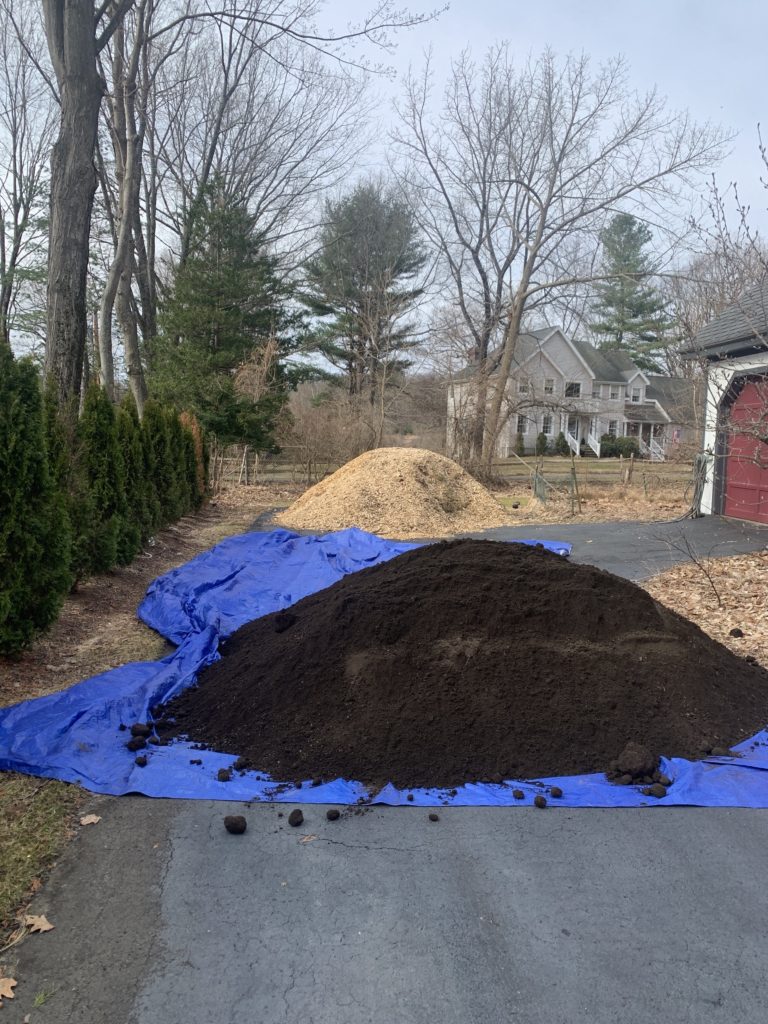
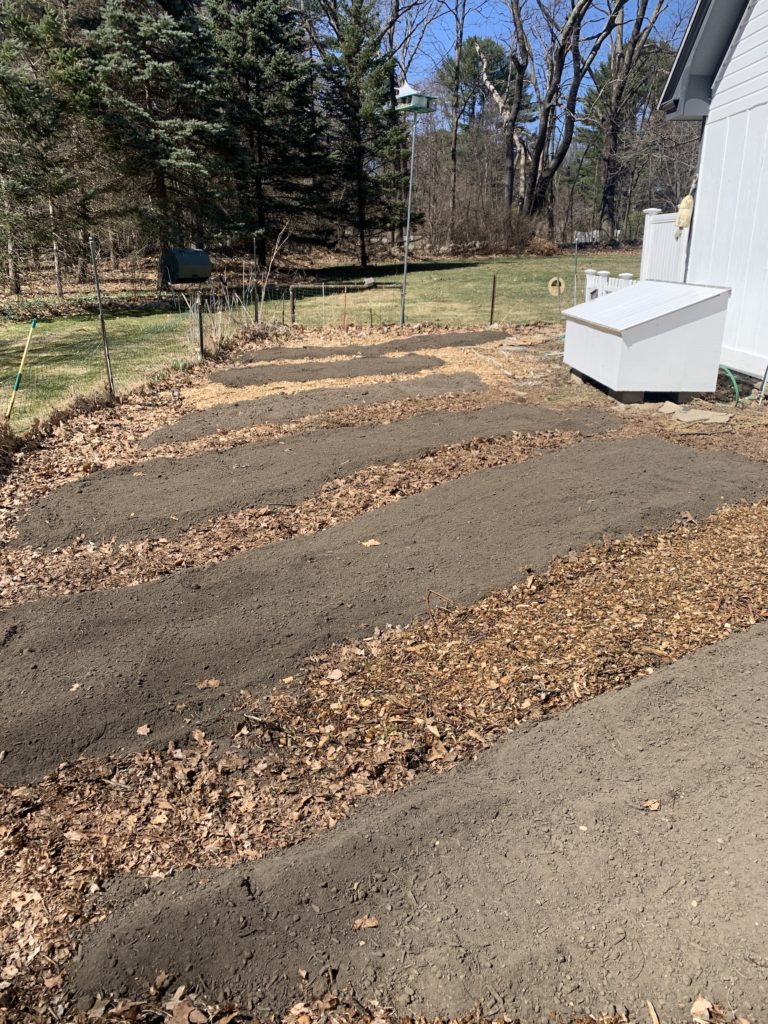
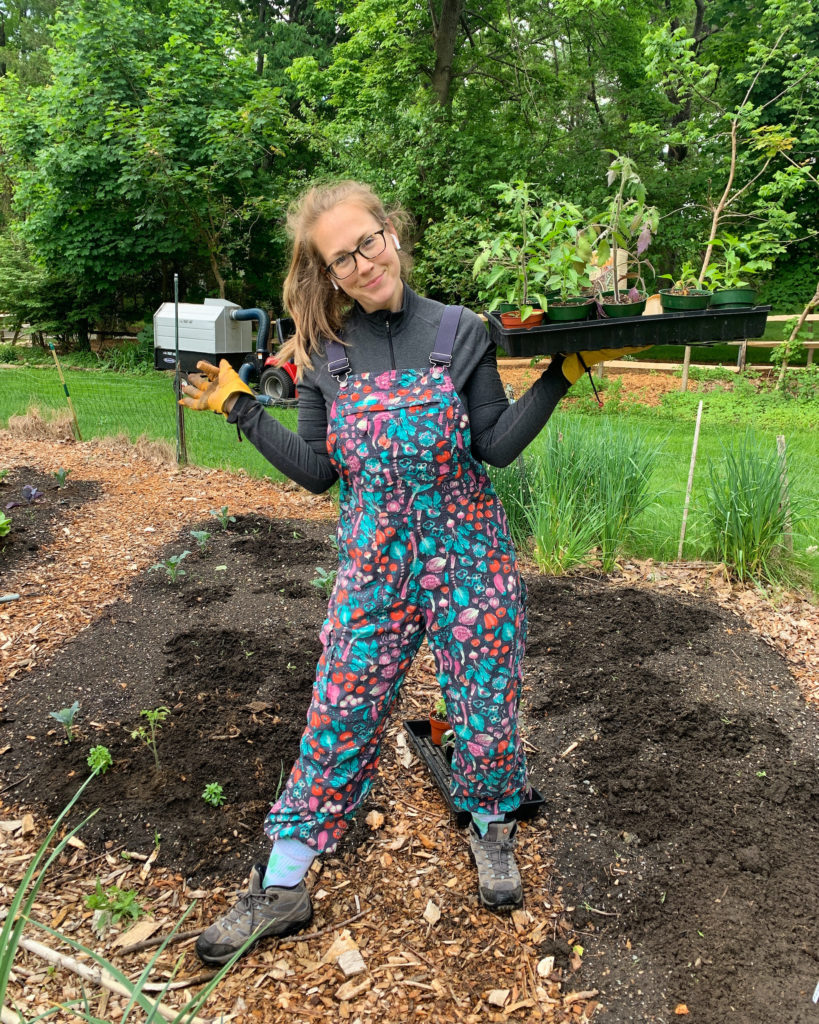
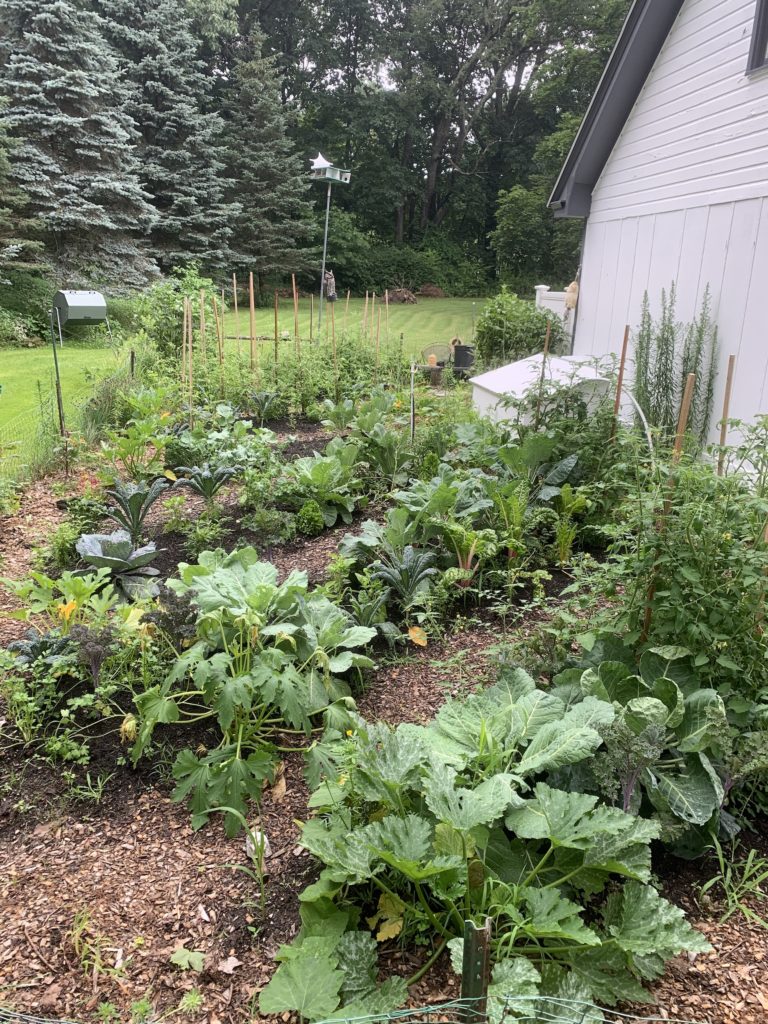
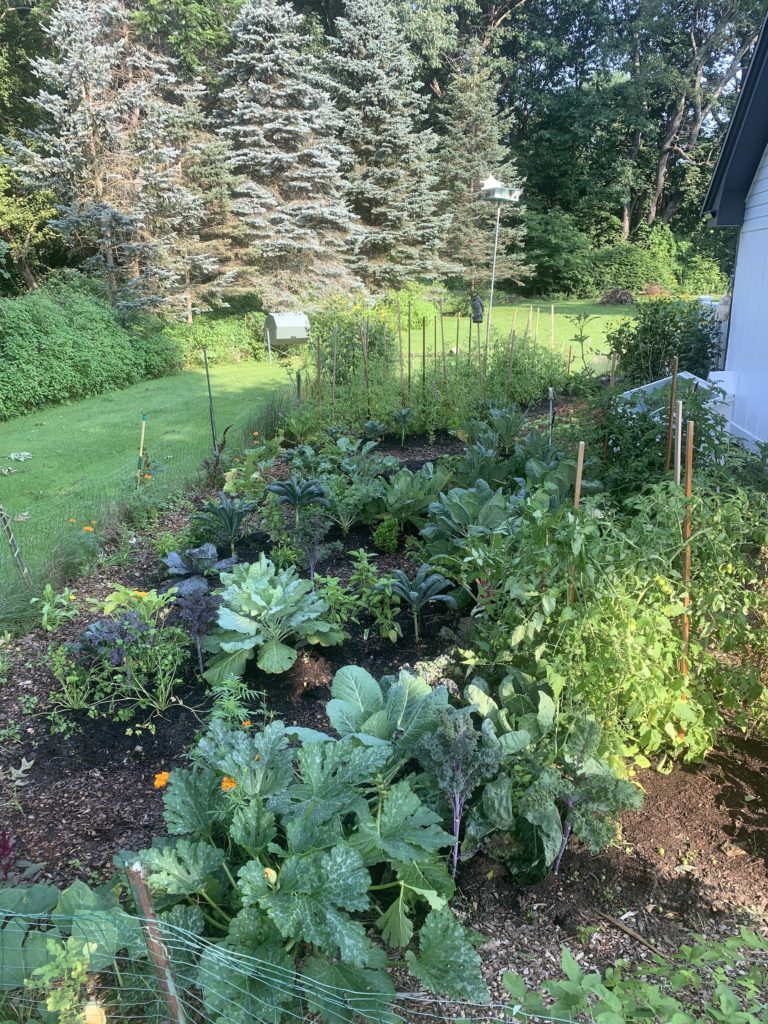
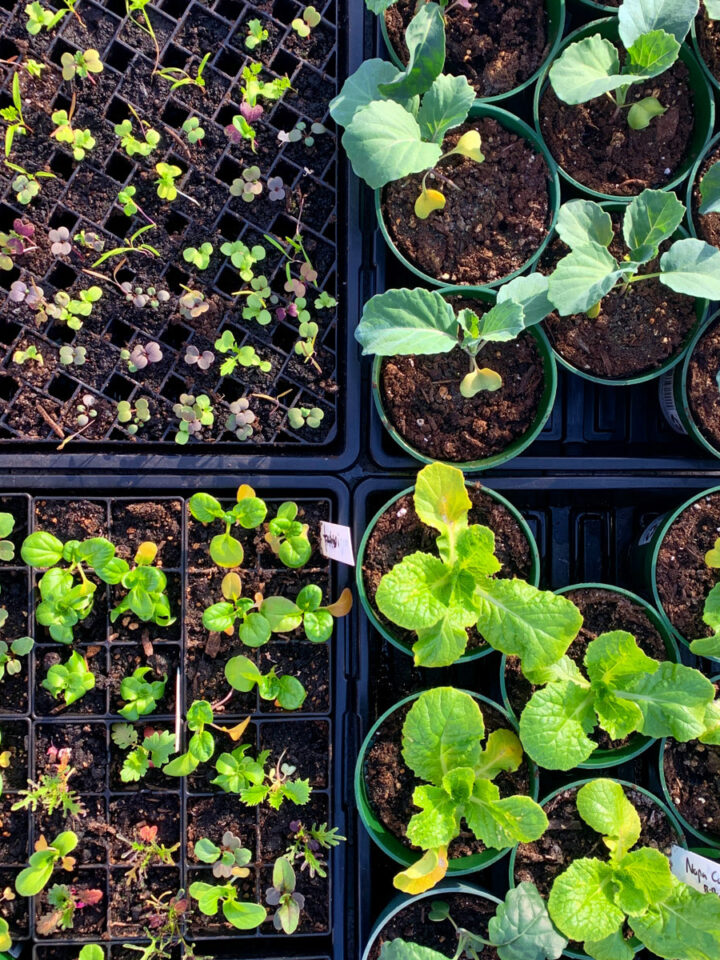

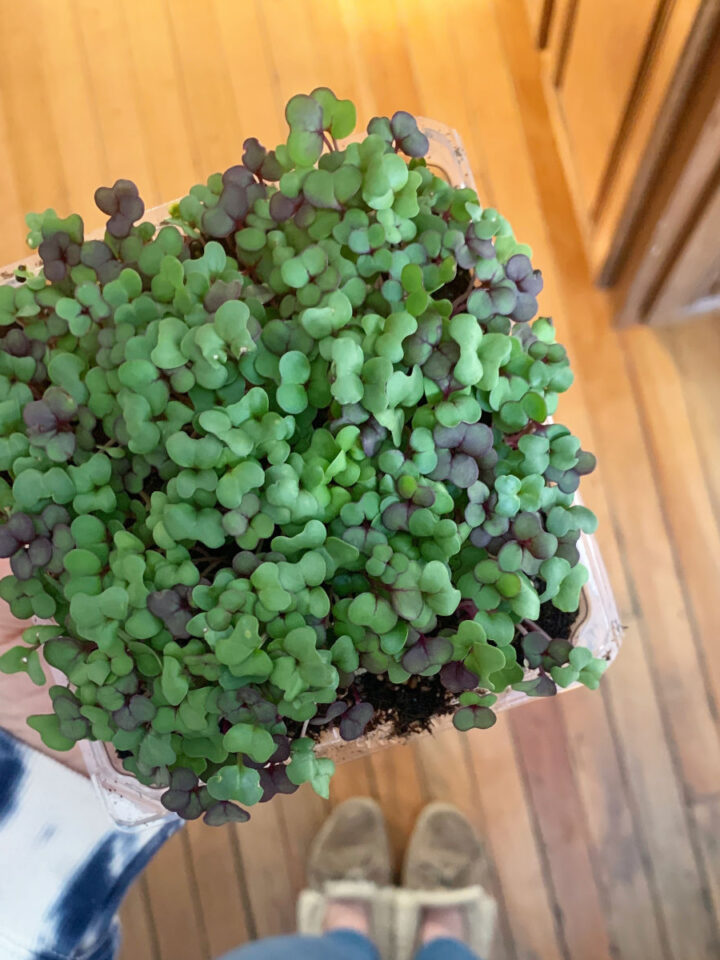
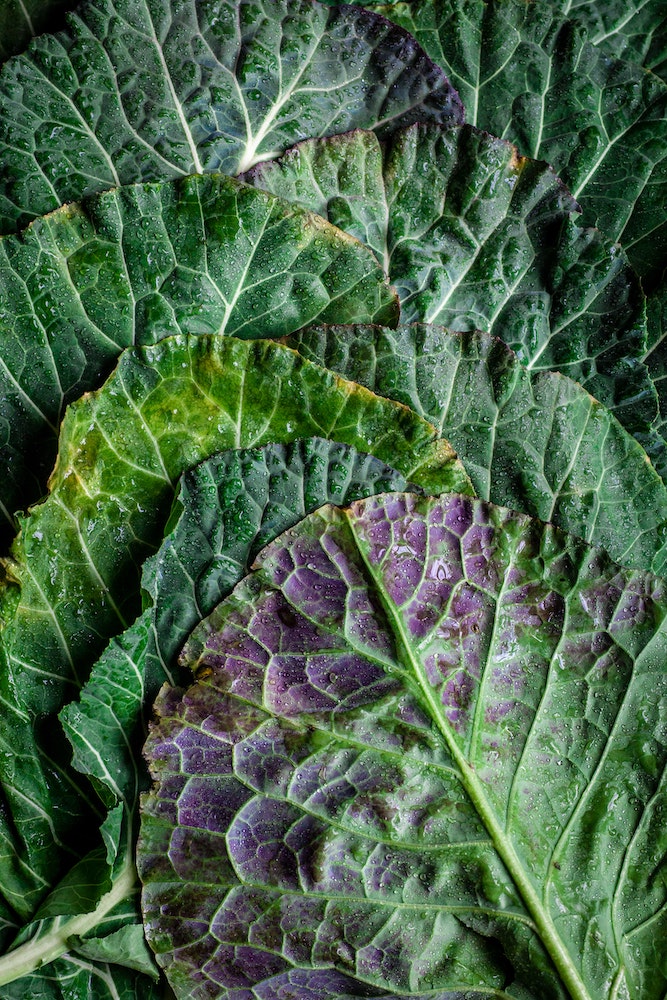
Ashby says
Hi! Did you leave the cardboard under all the layers? Thanks!
Amy Bauer says
Yes! It all gradually breaks down and suppresses weeds in the meantime. Look into Charles Dowding No Dig gardening — he has a wonderful youtube channel that dives more into this concept!